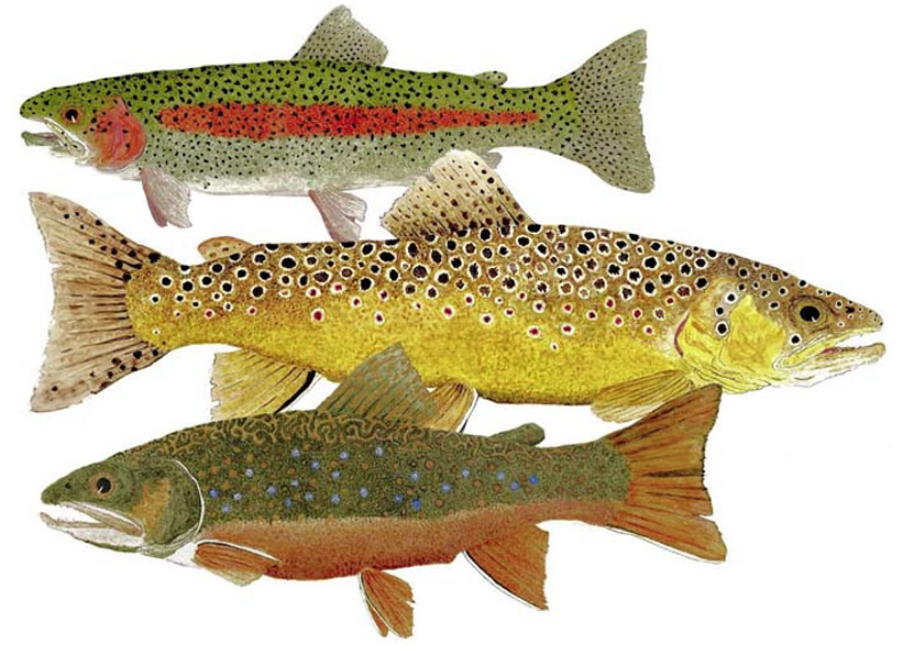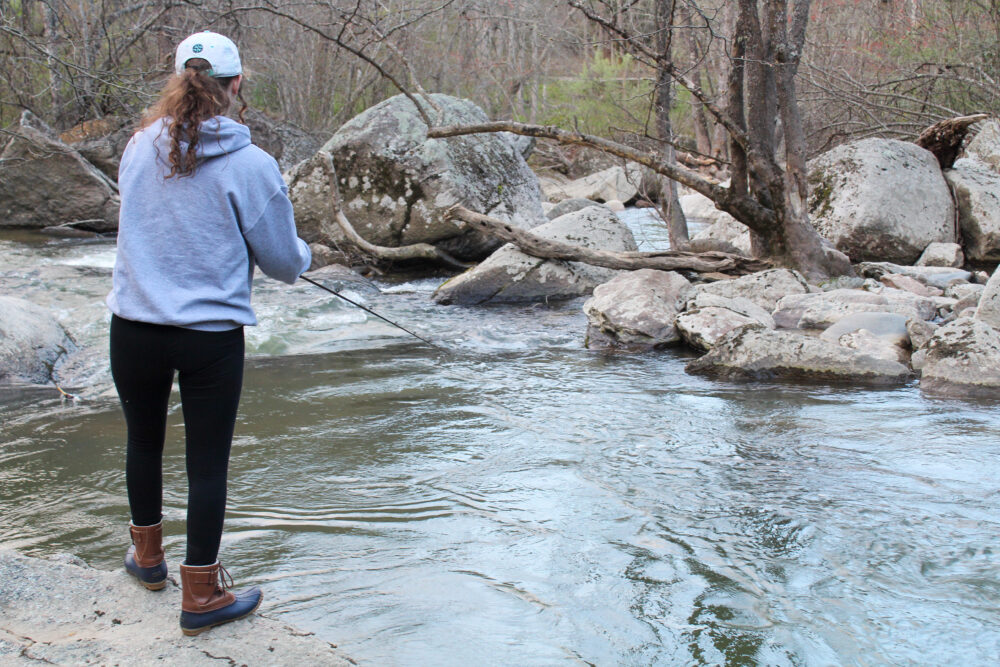
Teenage girl fishing for trout in Pennsylvania. Envato image.
Tying flies, a self congratulatory promotion
By Skip Clement
Fly fishing beginners buy what flies they believe needed when hitting their local freshwater stream or saltwater venue. The fly shop owner tells the newcomer what to buy and where to go fishing. The flies don’t work, according to the newcomer.
Why didn’t the flies work?
He walked right into the stream from the river bank frightening a dozen feeding rainbows, then cast out ‘over’ two heavy browns waiting in ambush – you know the rest.
Caught one stocked rainbow and all was good
Should the event lead to following outings of escape and enjoyment, you listened to your inner drummer. You want to tie a few patterns. The Siren’s Song gets played repeatedly and you yield. You are sure your YouTube exposure, cruising the bins of flies at the local fly shop, and, eventually asking the fly shop owner about tying tools was the right path.
The fly shop owner and guide knows how to marry fly-tying pangs of enthusiasm to a consummated induction in under an hour.
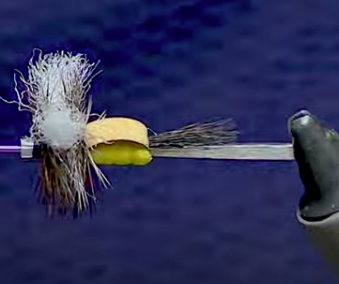
Ruben Martin Dry Humpy Tube Fly and comment ~ ‘The Humpy is one of the most used and effective dry mocas for trout fishing. Particularly in Patagonian environments, the Yellow Humpy in size from #10 to #16 should not be missing from our boxes. This version tied on a tube allows us to play a bit with different sizes of hooks and to be able to reuse the fly in case the hook no longer works due to a break or straightening.’ Click here to tie.
Things go swimmingly
The lucky guy takes home his $187.96 of beginner tying tools and accouterments and becomes immersed. He owns enough fly-tying paraphernalia to set up a small shop within a year. If he were to begin tying today with his current inventory of ‘feathers,’ he’d need more materials on Election Day 2024.
While that scenario is hardly realistic, it isn’t far from my obsession. But in the same thought, I’m pretty happy with myself, having discovered tube flies via Ruben Martin about eight years ago.
Learning to tie tube flies versus conventional hook-tied flies is the same difficulty one would encounter if they changed shoes. In other words, just get used to the change, which requires nothing more than becoming familiar.
I wonder if there is a legitimate complaint about the changeover from hook-tied to a tube-tied with regard to difficulty, transition expense, need for new tying materials, or some Q difficulty to learning all new ‘Satanic’ tricks?
No, there isn’t anything like that yet; it would take invention journalism to devise a single reason. The ready-made Q audience would believe and say, ‘Catching any fish using tube flies will make you sick and you’ll die a horrible death.’ Thanks, Keith Rupert Murdoch, good riddance.
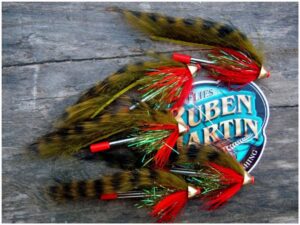 Why change? Is the point
Why change? Is the point
That said, it is improbable that one would give up on hook-tied flies. For example, the San Juan Worm and any flies tied on #16 or smaller because there is little conversion advantage.
In contrast, a #2 Woolly Bugger hook tied could catch fish, but a tube-tied Woolly Bugger will more probably catch more fish. And so it is for almost all flies tied on tubes.
It’s the hook choices that make the difference
Any angler casting a 2/0 tarpon fly is stuck with that fly. To change that fly has a known time frame. However, with the same size fly [2/0 size] tied on a tube, several conditions change that now favor the angler.
Number one, the fly is hookless tied on a tube and although it is equivalent in size to ‘2/0’ it weighs substantially less because a smaller fly will do the job. BTW: the 2/0 hook is only used to support the mass of the fly.
The ability to cast a lighter fly, the tube fly in this example, aids the angler. With the tube fly, the tarpon will not have the advantage of using the largess of the 2/0 fly to capitalize on leveraging because the tube fly will usually slide up the leader and away from harm’s way.
A tube fly, therefore, has a chance at a life a hook-tied fly does not; it has no rust to deal with and escapes from being mauled by a fish it escapes contact.
A bent hook or blunted point on a hook-tied fly means certain death. On a tube fly, one just changes hooks.
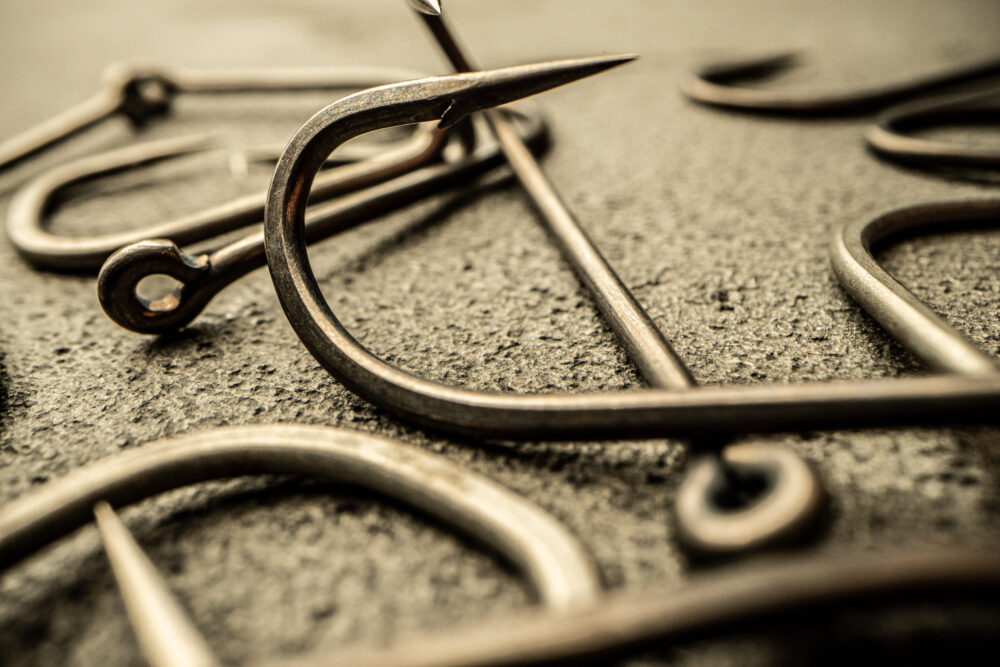
Fly fishing hooks. With a tube fly you always choose the hook you want. With hook-tied flies the fly size chooses the hook for you. Envato image.
Eventually, tying tube flies becomes the way to fly fish anything anywhere – marlin in Australia to panfish in Pittsburgh
‘Catching more steelhead, salmons, trouts, or any other game fish is the goal of any lure, bait, or fly. It should be easy for anyone to champion tube flies; they fool more gamefish into an eat than most hook-tied fly and do so in almost any venue, especially in one were the prey is wary.’ — TJ Douglas

NOTE: This Featured Image is an illustration by Thom Glace and reprinted with permission – Rainbow, Brown, and Brook. The rainbow is a westerner by birthright and includes the steelhead, and the brook is a native easterner, but it is not a trout. It’s a char with Maine and Eastern Canada, where the big boys get caught. This illustration by world-renowned watercolorist Thom Glace.


